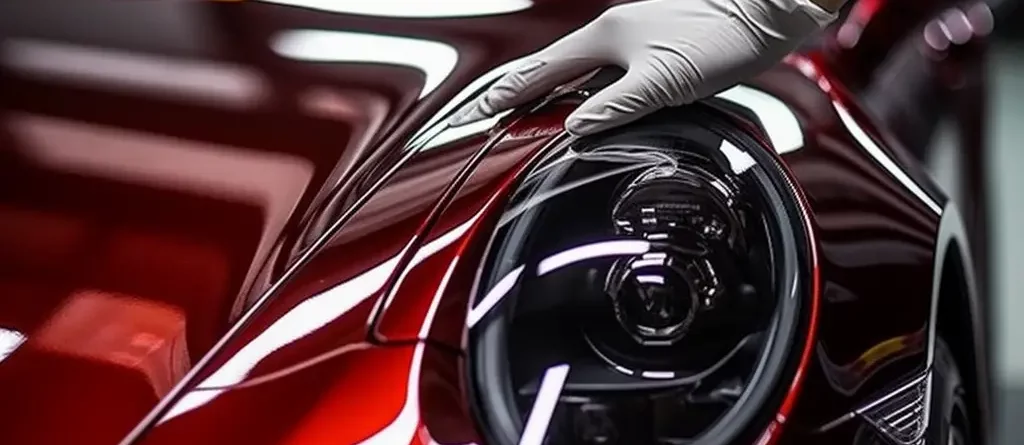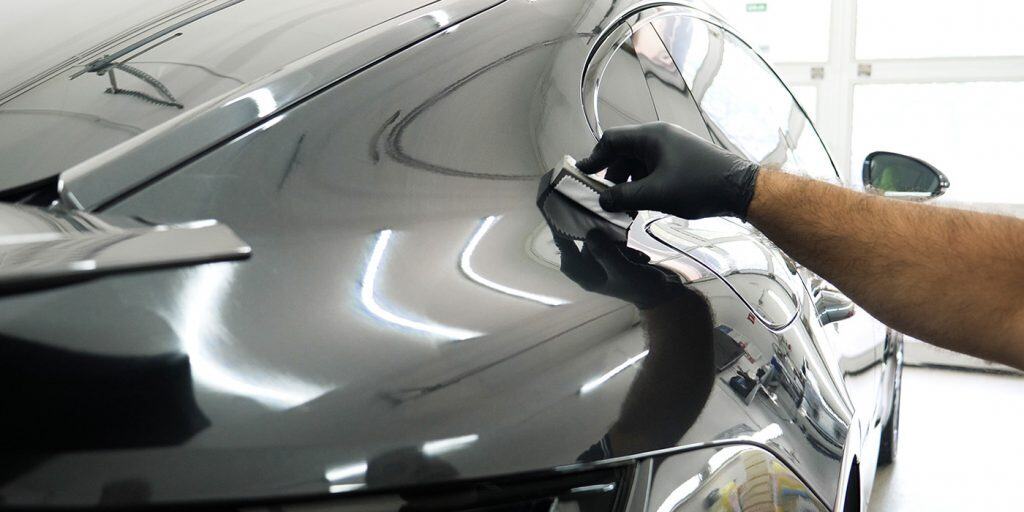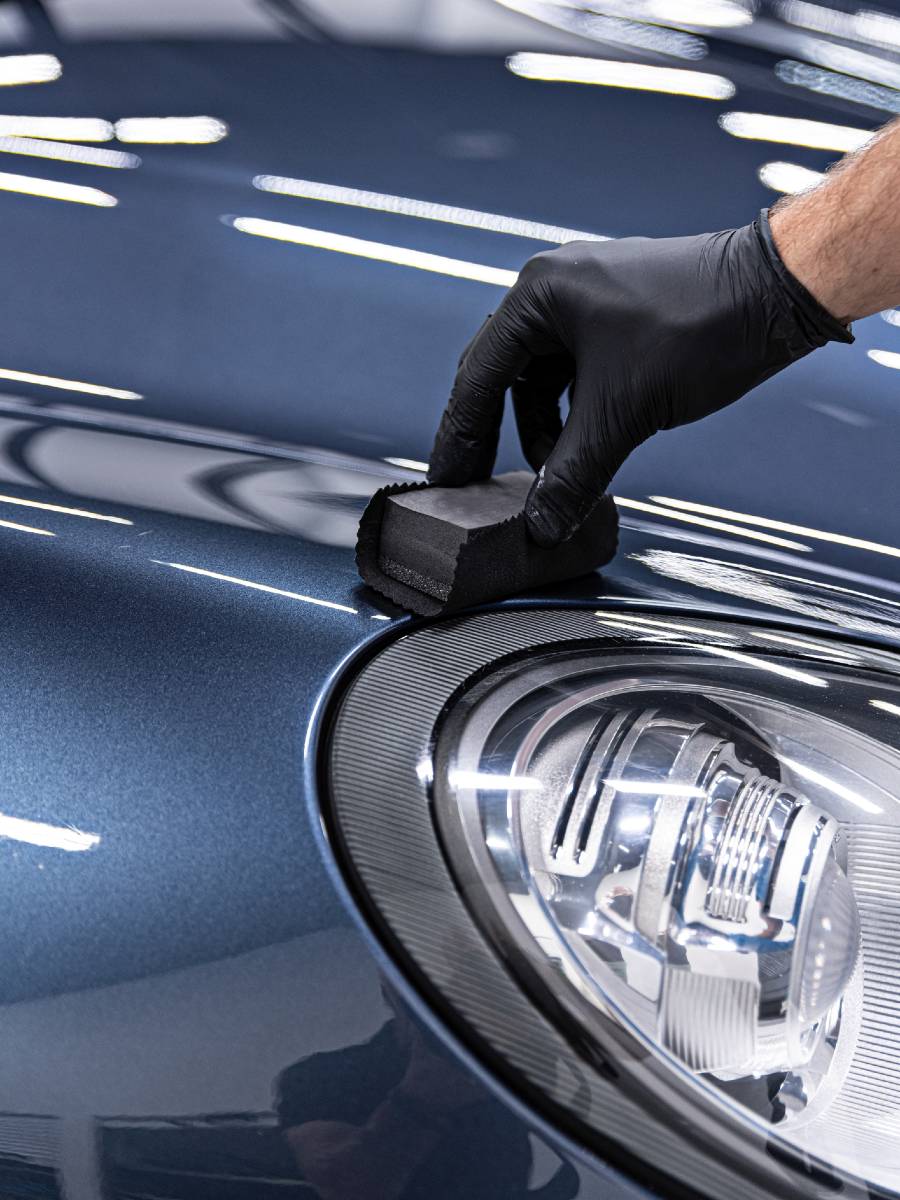Ceramic Finish vs. Traditional Wax: Which Provides Much Better Long-Term Protection?
The discussion between ceramic coatings and conventional wax for lorry security has garnered significant attention among automobile enthusiasts and professionals alike. While both satisfy of protecting paint, their differences in sturdiness, application, and long-lasting maintenance expenses may influence a customer's selection. Ceramic layers flaunt premium long life and resistance to environmental elements, yet the complexity of their application raises inquiries concerning accessibility and usefulness. As we discover these contrasting choices, it comes to be important to consider not just the prompt benefits but also the effects for lorry care over time.
Overview of Ceramic Finishing
Ceramic covering has gained substantial appeal amongst vehicle fanatics and detailers alike because of its innovative safety high qualities. This ingenious technology is designed to produce a long lasting, hydrophobic guard over a lorry's paint surface, considerably improving its resistance to environmental impurities such as dust, UV rays, and chemical spots. Unlike conventional wax, which offers a short-lived layer of defense, ceramic layers bond at a molecular degree with the paint, offering resilient resilience-- commonly extending past 2 years with appropriate upkeep.
The application procedure includes thorough prep work of the lorry's surface, including cleaning and polishing to make sure ideal adhesion. When used, the finish treatments to form a robust layer that not just adds deepness and gloss to the paint but likewise streamlines maintenance. With its hydrophobic residential or commercial properties, ceramic coating permits water and dirt to move off more easily, minimizing the regularity of cleans and reducing the risk of swirl marks.
Furthermore, ceramic coverings are available in various solutions, allowing individuals to select products customized to their details demands and preferences. In general, ceramic coating represents a considerable innovation in paint security innovation, supplying premium performance contrasted to traditional options.
Introduction of Conventional Wax
Generally considered a staple in automobile care, wax works as a preferred choice for those looking for a simple approach to enhance and protect their car's paint - ceramic coating. Automotive wax typically makes up all-natural active ingredients, such as carnauba, or artificial compounds, designed to produce a protective layer on the surface area of the paint. This layer not only improves the car's gloss and beam but also gives a barrier versus environmental impurities
The application of wax is generally easy to use, making it available for both specialists and DIY fanatics. When used, wax requires a curing period, after which it hardens to create a safety covering.
Nevertheless, while wax is efficient for boosting the aesthetic allure of a vehicle, it is essential to note that the security it provides might necessitate a lot more regular reapplication contrasted to different products, such as ceramic finishings. In general, conventional wax continues to be a popular option for those focusing on ease of usage and prompt aesthetic improvement.
Longevity and Long Life Contrast
While both ceramic finishes and conventional wax offer safety benefits for auto paint, their sturdiness and durability vary considerably. Typical wax, commonly made from natural carnauba or artificial polymers, generally offers a protective layer that lasts around three to six months. This relatively brief life expectancy necessitates normal reapplication to keep ideal security.
On the other hand, ceramic finishes are engineered from sophisticated nanotechnology, developing a covalent bond with the paint surface. This results in a durable, hydrophobic layer that can withstand for 2 to five years, depending on the product and ecological problems. The remarkable sturdiness of ceramic finishings is credited to their chemical structure, which supplies improved resistance to scratches, UV rays, and oxidation.

Security Against Ecological Elements
Protecting an automobile's paint from environmental factors is essential for preserving its look and worth gradually. Vehicles are regularly exposed to a range of elements, including UV rays, bird droppings, tree sap, acid rainfall, and road grime, every one of which can compromise the stability of the paintwork.
Ceramic coatings offer a robust protection against these environmental assailants. Unlike look at this web-site typical wax, which navigate to this website can break down quickly under UV exposure, ceramic finishes form a resilient, hydrophobic layer that withstands the unsafe impacts of sunlight and toxic wastes. This innovative technology produces a chemical bond with the car's surface, supplying superior security that lasts for several years, also in harsh conditions.
In comparison, ceramic finishes preserve their protective qualities much longer, dramatically lowering the danger of paint damage and guaranteeing that the vehicle retains its visual charm. As a result, ceramic coatings are significantly acknowledged as the exceptional choice for lasting security against ecological aspects.
Application and Maintenance Distinctions
The approaches of application and subsequent upkeep for ceramic finishes and traditional wax vary considerably, influencing the general customer experience and efficiency of each item. Ceramic coverings call for an even more intricate application process, commonly involving surface area prep work that includes cleaning, sanitizing, and polishing the car. As soon as the surface is prepared, the ceramic layer is applied in a regulated setting, typically requiring specialist competence to make certain proper treating and bonding to the paint.

While both items boost lorry look, the longer-lasting protection offered by ceramic finishings might warrant their preliminary investment, in spite of the more demanding application process. On the other hand, standard wax stays a prominent option for those seeking an easier, albeit short-term, service.

Verdict
In verdict, ceramic finishings show considerable advantages over traditional wax in terms of resilience and environmental security. With a life expectancy prolonging two to five years and superior resistance to UV rays, dirt, and chemical discolorations, ceramic coatings offer an extra reliable option for long-lasting car maintenance. Although the application process might require professional competence, the resulting expense savings and reduced regularity of reapplication underscore the worth of ceramic finishings for those looking for optimal vehicle defense.
The discussion between ceramic coverings and typical wax for automobile protection has actually gathered significant interest among auto lovers and specialists alike. Unlike standard wax, which provides a short-lived layer of security, ceramic layers bond at a molecular level with the paint, offering resilient resilience-- usually expanding past two years with proper upkeep.
While both ceramic coverings and typical wax offer safety benefits for automotive paint, their resilience and long life vary dramatically. For cars like it and truck lovers seeking long-lasting protection, ceramic coverings offer an engaging advantage over traditional wax items.
In verdict, ceramic layers show substantial advantages over typical wax in terms of sturdiness and environmental protection.